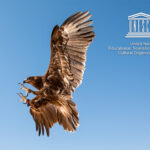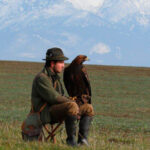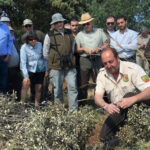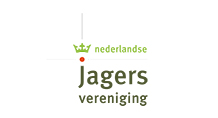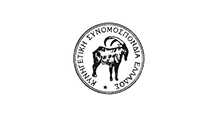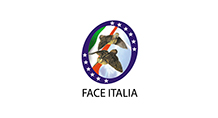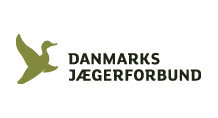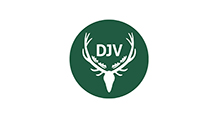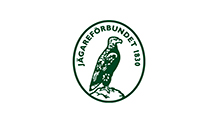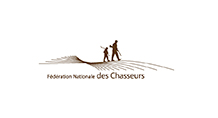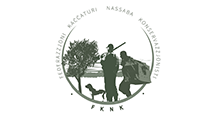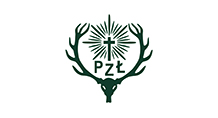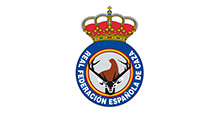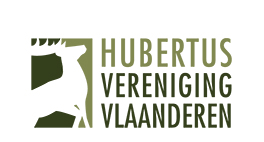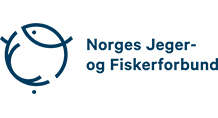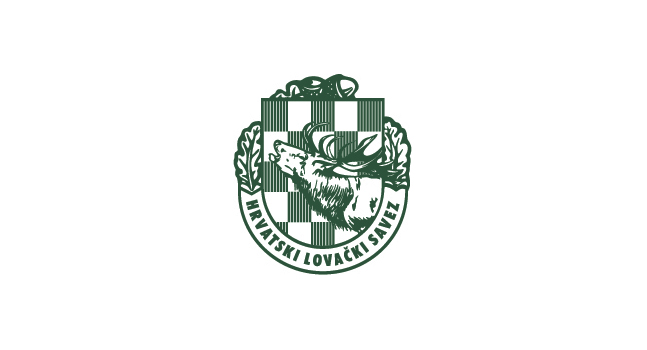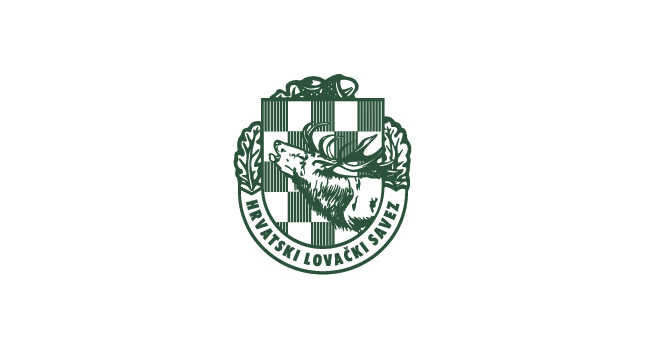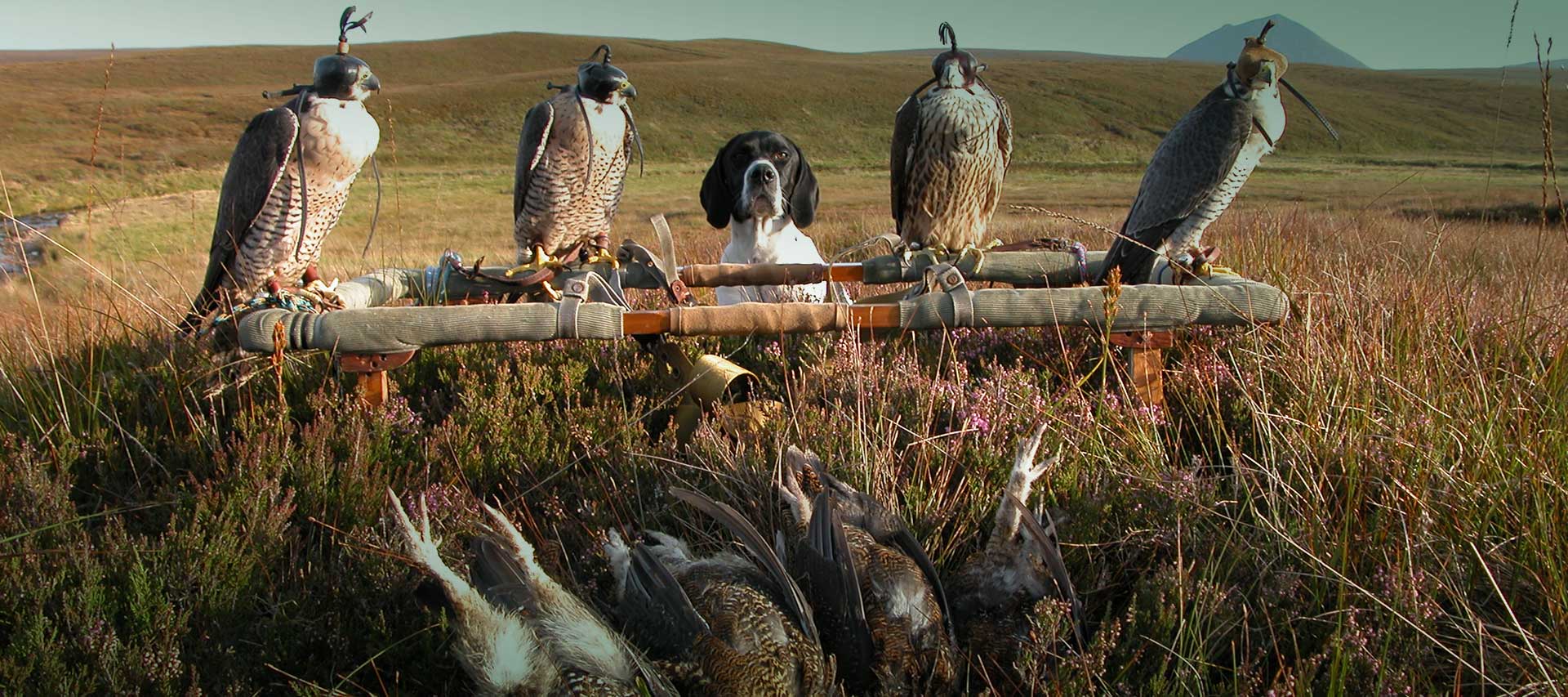
Falconry
On 24 September 2021, the FACE’s General Assembly adopted its position on Falconry:
EN - FACE Position on Falconry
Recognising that the ancient art of falconry, which is a hunting tradition defined as taking quarry in its natural state and habitat by means of trained birds of prey, has enjoyed a long history dating back over 4000 years to the present day.
Considering that falconry is currently practised in over 100 countries on six continents.
Appreciating that falconry has been recognised by the Convention for the Safeguarding of the Intangible Cultural Heritage (ICH) under the United Nations Educational, Scientific and Cultural Organization (UNESCO) since 2010 with national inscription in 29 countries.
Acknowledging that falconers actively engage in bird of prey research, rehabilitation, translocation and reintroduction projects as well as education and awareness-raising, habitat management for prey species and birds of prey, population monitoring, and combatting illegal killing and taking of birds of prey.
Further recognising that Directive 2009/147/EC of the European Parliament and of the Council of 30 November 2009 on the conservation of wild birds (“the Birds Directive”) makes explicit reference to falconry as a hunting method and provides the legal framework for the small-scale take of wild birds of prey for falconry.
Understanding that the International Association for Falconry and the Conservation of Birds of Prey (IAF) currently has 112 associations from 90 countries worldwide totalling 75,000 members.
Having regard to the Memorandum of Understanding between FACE and IAF as well as the active role of IAF in promoting the conservation of birds of prey through various international conventions and the International Union for Conservation of Nature (IUCN).
Accepting that falconry enjoys high social acceptance within and outside the hunting community.
FACE and its Members, at its General Assembly on 24 September 2021, agree:
- To promote the continued growth of falconry in Europe as a hunting art, which safeguards cultural heritage, bringing important conservation and socio-economic benefits.
- To invite national or regional authorities to maintain or introduce (where falconry is not yet present) legal frameworks to allow and promote falconry.
- To support the traditional sustainable and judicious use of wild birds of prey for falconry as described in the Birds Directive.
- To encourage cooperation and solidarity between national hunting organisations and their falconry organisations to ensure the viability of falconry as sustainable hunting and part of a common hunting heritage.
24 September 2021 – FACE General Assembly, Budapest
FR - Position de la FACE au sujet de la fauconnerie
Reconnaissant que l’art ancestral de la fauconnerie, à savoir une tradition de chasse définie comme la capture d’une proie dans son état et son habitat naturels au moyen d’oiseaux de proie entraînés à cet effet, jouit d’une longue histoire remontant actuellement à plus de 4000 ans.
Considérant que la fauconnerie est aujourd’hui pratiquée dans plus de 100 pays sur six différents continents.
Sachant que la fauconnerie a été reconnue par la Convention pour la Sauvegarde du Patrimoine culturel immatériel (PCI) dans le cadre de l’Organisation des Nations Unies pour l’Éducation, la Science et la Culture (UNESCO) depuis 2010 et que 29 pays bénéficient d’une inscription nationale.
Reconnaissant que les fauconniers participent activement à des projets en matière de recherche, de transfert et de réintroduction ainsi qu’à des actions d’éducation et de sensibilisation, de gestion de l’habitat pour les espèces de proie et de rapaces, de suivi des populations, de lutte contre l’abattage et la capture d’oiseaux de proie de manière illégale.
Reconnaissant en outre que la Directive 2009/147/CE du Parlement européen et du Conseil du 30 novembre 2009 sur la conservation des oiseaux sauvages (la « Directive Oiseaux ») fait référence explicite à la fauconnerie comme méthode de chasse et qu’elle prévoit un cadre juridique pour la capture à petite échelle d’oiseaux de proie pour la fauconnerie.
Comprenant que l’Association internationale pour la fauconnerie et la conservation des oiseaux de proie (IAF) compte actuellement sur le plan mondial 112 associations de 90 pays représentant au total 75 000 membres.
Tenant compte du Protocole d’Accord entre la FACE et l’IAF ainsi que du rôle actif de cette dernière dans la promotion de la conservation des rapaces au travers de diverses conventions internationales et de l’Union internationale pour la Conservation de la Nature (UICN).
Acceptant le fait que la fauconnerie jouit d’une forte acceptation sociale tant au sein qu’en-dehors de la communauté cynégétique.
La FACE et ses Membres, lors de l’Assemblée générale du 24 septembre 2021, ont convenu :
- De promouvoir la poursuite de la croissance de la fauconnerie en Europe au titre d’art cynégétique qui préserve le patrimoine culturel tout en apportant des bénéfices socio-économiques et de conservation importants.
- D’inviter les autorités nationales et régionales à conserver ou à adopter (lorsque la fauconnerie n’est pas encore présente sur leur territoire) des cadres juridiques pour permettre et promouvoir la fauconnerie.
- De soutenir l’utilisation traditionnelle durable et judicieuse des oiseaux de proie sauvages pour la fauconnerie comme décrit dans la Directive Oiseaux.
- D’encourager la coopération et la solidarité entre les organisations de chasse nationales et leurs organisations de fauconnerie pour assurer la viabilité de cette pratique au titre de chasse durable relevant du patrimoine cynégétique commun.
24 septembre 2021 – Assemblée générale de la FACE, Budapest
DE - Positionspapier von FACE zur Falknerei
In der Erkenntnis, dass die uralte Kunst der Falknerei, welche als eine Jagdtradition definiert ist, bei der das Beutetier in seinem natürlichen Zustand und Lebensraum mit Hilfe dressierter Greifvögel erlegt wird, eine lange Geschichte hat, die über 4000 Jahre bis in die Gegenwart zurückreicht;
in der Erwägung, dass die Falknerei heute in über 100 Ländern auf sechs Kontinenten praktiziert wird;
unter Würdigung dessen, dass die Falknerei seit dem Jahr 2010 von der Konvention zum Schutz des immateriellen Kulturerbes (ICH) der Organisation der Vereinten Nationen für Erziehung, Wissenschaft und Kultur (UNESCO) anerkannt ist und in 29 Ländern eingetragen wurde;
in Anerkennung dessen, dass Falkner sich aktiv an Greifvogelforschungs-, Rehabilitations-, Umsiedlungs- und Wiederansiedlungsprojekten sowie an der Aufklärung und Bewusstseinsbildung, dem Lebensraummanagement für Beutetiere und Greifvögel, der Überwachung von Beständen und der Bekämpfung des illegalen Tötens und Fangens von Greifvögeln beteiligen;
ferner in der Erkenntnis, dass die Richtlinie 2009/147/EG des Europäischen Parlaments und des Rates vom 30. November 2009 über die Erhaltung der wildlebenden Vogelarten (“Vogelrichtlinie”) ausdrücklich auf die Falknerei als Jagdmethode Bezug nimmt und den rechtlichen Rahmen für die Entnahme von wildlebenden Greifvögeln in kleinem Umfang für die Falknerei bildet;
in Kenntnis dessen, dass die Internationale Vereinigung für Falknerei und Greifvogelschutz (IAF) derzeit 112 Verbände aus 90 Ländern weltweit mit insgesamt 75.000 Mitgliedern hat;
unter Berücksichtigung der Absichtserklärung zwischen FACE und der IAF sowie der aktiven Rolle der IAF bei der Förderung der Erhaltung von Greifvögeln durch verschiedene internationale Konventionen und die Internationale Union zur Erhaltung der Natur (IUCN) sowie.
in Anerkennung dessen, dass die Falknerei eine hohe gesellschaftliche Akzeptanz innerhalb und außerhalb der Jägerschaft genießt.
vereinbaren FACE und seine Mitglieder auf ihrer Generalversammlung am 24. September 2021:
- Das weitere Wachstum der Falknerei in Europa als eine Jagdkunst zu fördern, welche das kulturelle Erbe schützt und wichtige Erhaltungsmaßnahmen und sozioökonomischen Vorteile mit sich bringt.
- Nationale oder regionale Behörden aufzufordern, rechtliche Rahmenbedingungen beizubehalten oder einzuführen (wo die Falknerei noch nicht betrieben wird), um die Falknerei zu ermöglichen und zu fördern.
- Die traditionelle, nachhaltige und vernünftige Nutzung wild lebender Greifvögel für die Falknerei zu unterstützen, wie in der Vogelrichtlinie beschrieben.
- Die Zusammenarbeit und Solidarität zwischen nationalen Jagdverbänden und ihren Falknerverbänden zu fördern, um die Lebensfähigkeit der Falknerei als nachhaltige Jagd und Teil des gemeinsamen Jagderbes zu gewährleisten.
24. September 2021 – Generalversammlung von FACE, Budapest
Falconry is the art of hunting with trained birds of prey, born out of ancient local tradition around the world and recognised today as a global cultural phenomenon that is present everywhere. It has played a pivotal role in multiple facets of our culture.
The beauty and benefits of falconry have often been unseen, underestimated and misunderstood, many seeing it as a contentious activity.
It is hard not to be filled with awe for falconry: the image of a falconer in perfect harmony with his bird encapsulates the great complicity between the two. Falconry glows with potential for our future, an unbroken thread of culture that binds man to his natural world.
NOVEMBER 2010: Falconry’s official inscription at UNESCO’s 5th Intergovernmental Committee meeting that took place in Nairobi, Kenya is an immense achievement for a tradition that is over 4000 years old and encompasses the largest ever nomination in the history of the UNESCO convention, presented by 11 nations.
Falconry is one of the oldest relationships between man and bird, dating back more than 4000 years. Falconry is a traditional activity using trained birds of prey to take quarry in its natural state and habitat. It is a natural activity because the falcon and its prey have evolved together over millions of years; their interaction is an age-old drama. The falcon is adapted to hunt the prey, and the prey has evolved many ways to escape from the falcon. This leads to a fascinating insight into the way nature works and poses an intellectual challenge to the falconer in his understanding of behaviour. His task is to bring the actors together on nature’s stage. To do this the falconer must develop a strong relationship and synergy with his bird - Extract from UNESCO submission
FACE works closely with the International Association for Falconry and Conservation of Birds of Prey.


